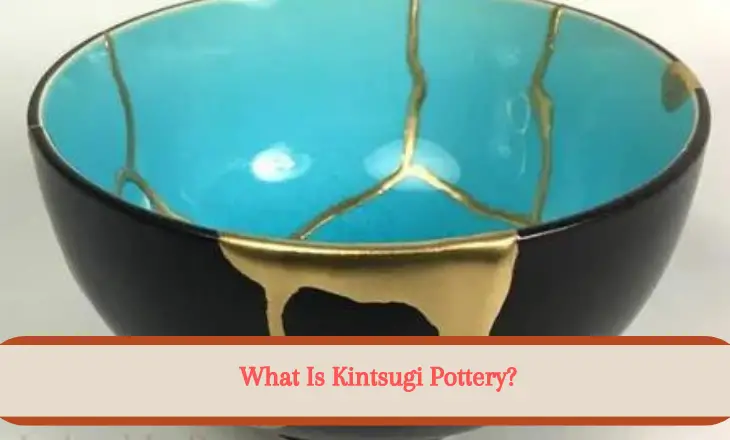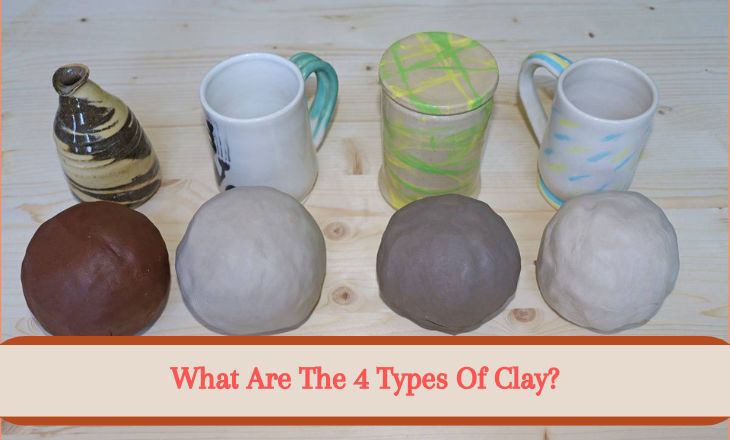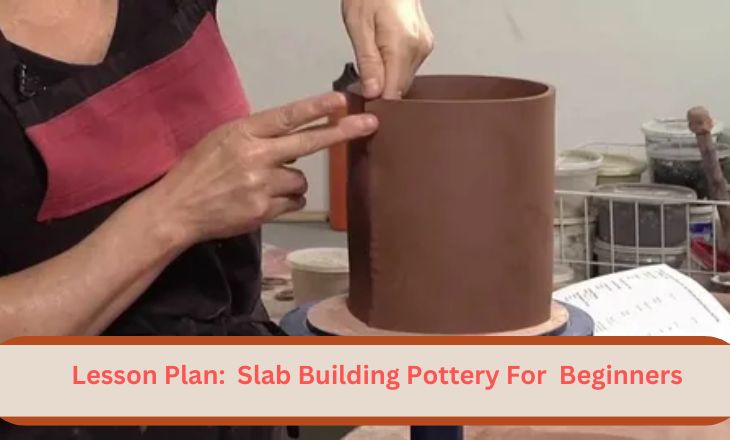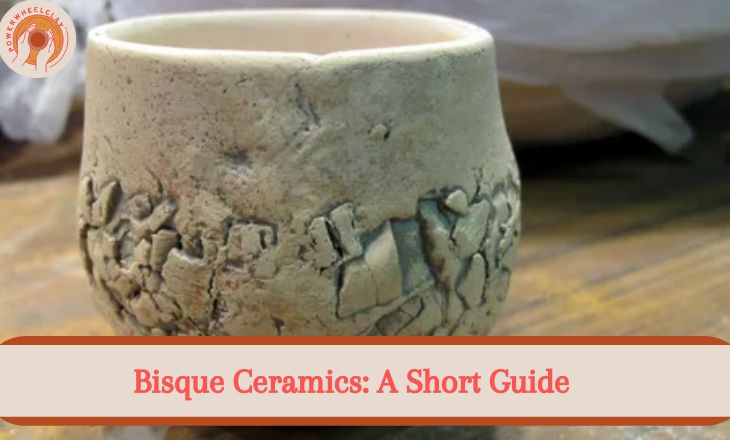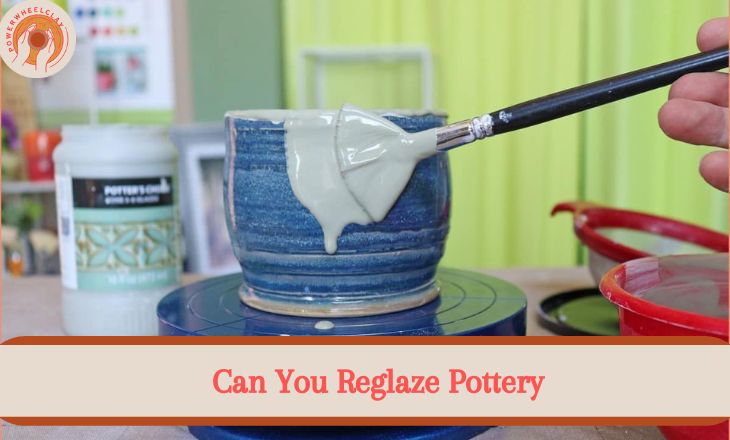What Is Kintsugi Pottery?
Kintsugi Pottery is the method in which broken objects are given a new start in life by kintsugi ceramics, which celebrates rather than hides faults. Repairing broken pottery pieces with glue combined or sprayed with powdered gold is a centuries-old Japanese art broken pottery style that makes beautiful masterpieces shown by the shining veins of the golden repair.
This way of thinking is an expression of wabi-sabi, a way of looking at the world based on peace and embracing imperfection and change. It is not limited to pottery. Kintsugi highlights every crack and chip as something valuable instead of a flaw. Each golden mend symbolizes resilience and growth after adversity.
What Does Kintsugi Mean?
Kintsugi is a Japanese art. Kintsugi means “to Join with gold. It is the Japanese art of putting broken pieces together. Kintsugi, also known as “golden construction” is a centuries-old art form that joyfully accepts pottery breaks and faults as a part of the object’s past instead of something to fix up or throw away. it repairs damaged ceramics with lacquer that has been dusted with or combined with powdered gold, embracing the imperfect originality of each piece. Kintsugi tells us that if our lives are filled with hardships, these experiences enhance our beauty and not lessen it.
Kintsugi’s History
Kintsugi, a captivating work of art form is not just about fixing broken ceramics; It’s an enjoyable story of strength and creativity. This excellent practice dates back to the 15th century in Japan and was inspired by breaking.
It was unintentionally created by the shogun Ashikaga Yoshimasa, who sent his beloved tea bowl back to China to be repaired after it broke. After returning with basic metal stitches, he assigned the local craftsmen the task of inventing a more visually pleasing substitute, which led to the creation of kintsugi.
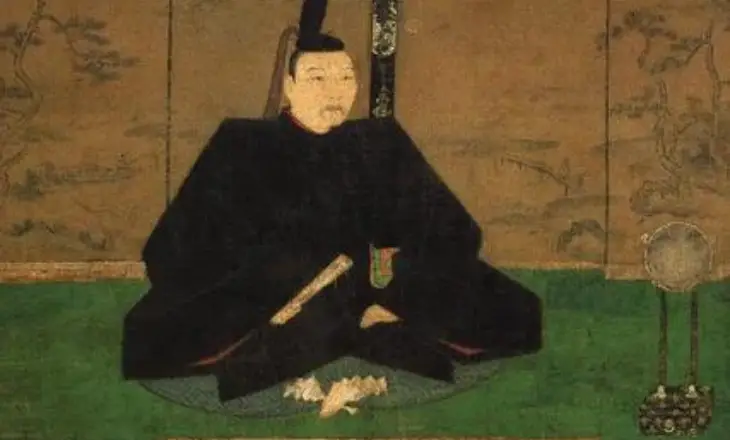
The heart and soul of this craft are encapsulated within its very name: “Kin” means golden and “tsugi” means joinery. artists highlight and do not hide their history, turning what were previously seen to be broken products into beautiful masterpieces. Kintsugi tells everything about the weakness and strength of the human spirit. It is a genuinely ancient mirror reflecting modern thoughts about accepting faults.
Kintsugi’s Philosophical Influence
The art of kintsugi is more than just repairing broken ceramics; it’s an expression of a deep conceptual understanding. It seems to be celebrating and accepting imperfections and errors. Kintsugi transforms our impressions of defects by filling them with golden beauty.
Considering Kintsugi’s philosophy may also be a life-changing result for us. Viewing our weaknesses and mistakes as essential components of our ongoing development, as compared to trying to hide or ignore them, gives us strength. This bright knowledge from a traditional Japanese art form offers a novel viewpoint on hardship, turning it into golden threads that are attached throughout our lives.
Therapy and Kintsugi
In the centuries-old Japanese art style of kintsugi, shattered ceramic pieces are repaired using a characteristic golden lacquer rather than an invisible adhesive. It highlights the damage rather than trying to hide it, giving the restored artifact importance while telling its own survival story.
Therapeutic is also a healing that echoes Kintsugi’s philosophy. Therapy allows you to dive deep into your past wounds, and break down defenses and self-loathing thoughts to rebuild a stronger sense of self – piecing together fragments with acceptance rather than shame. By displaying these golden repairs, we transform our narrative from one punctuated by pain to one that celebrates healing and growth- making us beautifully whole in our imperfections.
Methods of Kintsugi
Crack
Crack is the simplest and most common method of kintsugi. In this method, you can simply Join pieces of ceramic together by using golden adhesive.
The techniques used in Kintsugi are exciting and complex at the same time. ‘Urushi’, a unique lacquer made from natural tree sap, was initially used to hold the broken parts together. Next, to improve the repair lines, either powdered gold (Kintugi) or silver (Gintsugi) is used. A different technique known as Makienaoshi uses precious metals to physically fill up the cracks. Every cracking that is so made bolder speaks to its past and its ability to overcome hardships in life, offering a whole new angle on durability and the arts.
Piece
This Japanese style, which translates to “golden joinery,” enhances the beauty that comes from imperfection. Every broken piece is carefully chosen and put back together using an adhesive resin strengthened with platinum, silver, or gold powder. The outcome is a masterpiece of glowing wounds that cross the pottery, turning what was once thought to be broken into something truly wonderful and telling an unsaid story of survival.
A thin layer of glue is sufficient to create a strong bond between the pieces without creating any obtrusive lumps or excess residue.
Joint-Call
Using the joint-call techniques of Kintsugi offers an interesting, nontraditional viewpoint on handling challenges in life. This traditional Japanese art style teaches us that defects are not to be hidden instead they should be embraced with grace and determination. It creates beauty out of the broken and confused. In their simplest form, joint-call techniques involve creating a dynamic connection between precious powdered metals like silver or gold and strong adhesive lacquer.
When you use these magnificent materials to fill in the jagged gaps left by broken pieces in a puddle-drag style, it’s like making a strong composition that moves around perfections while producing even more amazing defects. When one views these brilliant golden marks through symbolic eyes, they transform into beautiful memories inscribed in pure gold that narrate tales of survival following heroic conflicts.
How to Fix Broken Pottery With Kintsugi
Kintsugi offers a refreshing, and beautifully artistic technique, helping us to mend broken pottery into amazing pieces of art. This traditional craft involves repairing broken ceramics with lacquer dusted or mixed with powdered gold, silver, or platinum. The idea behind it is to embrace what is broken or faulty and understand its importance in the object’s past.
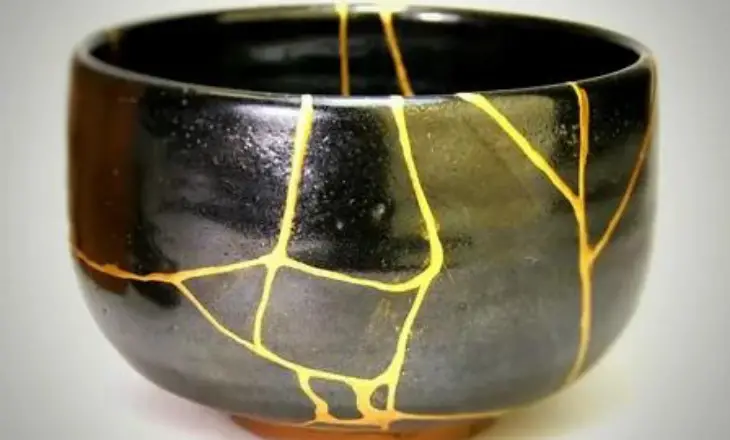
you don’t need to be a professional artist to adopt these techniques at home. The first step in this transformative process is arranging the fragments as closely as possible to their original shape utilizing tape on their exterior surface. Then starts the careful process of mixing a specific kind of metallic powder with epoxy resin, a clear drying super glue, to create what seems, once dry, like a golden vein running through the artwork.
Celebrated Kintsugi Pottery
Dish with Bamboo Leaves.
The dish with the bamboo leaves is a classic instance of the beautiful and detailed work of famous Japanese potter Ogata Kenzan, who changed ceramics during the Edo period. This specific work, which is kept at the MET Museum, shows Kenzan’s skill with accurate brushwork and natural elements. The use of bamboo leaves as the main component shows Kenzan’s ability to combine simplicity and elegance in his pottery.
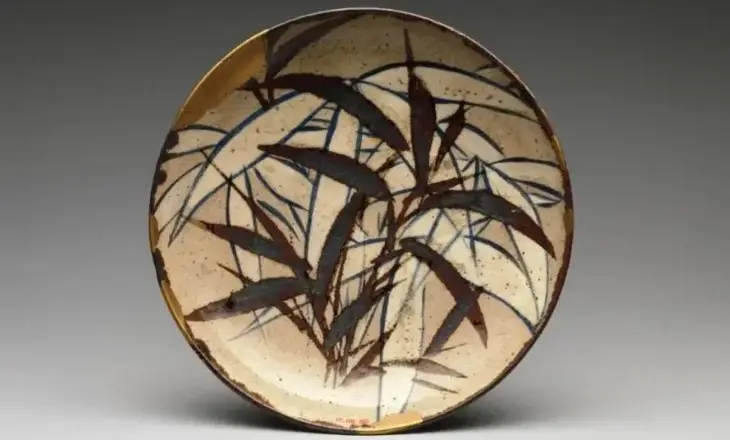
Tea Jar with Peony Arabesque and Plum in Cochin Style.
The Tea Jar with Peony Arabesque and Plum in Cochin Style, with its amazing beauty, is a captivating example of traditional Japanese artistry. Made by Eiraku Tokuzen, this beautiful item is the definition of grace and beauty. The jar’s beautiful plum and peony arabesque designs show Japanese aesthetics’ great regard for the natural world and their peaceful blending of nature and culture.
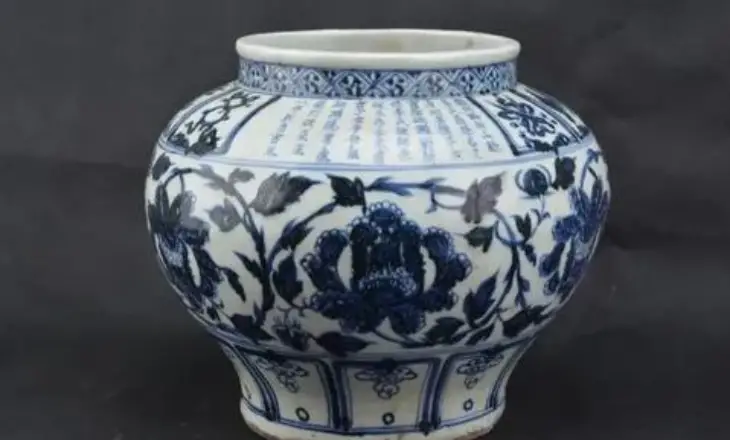
CONCLUSION
The ancient Japanese pottery gold, Kintsugi, is more than just a method of repair. It’s an art form that elevates broken pottery into something even more valuable and beautiful. The golden seams created by Kintsugi repairs not only mend the broken pieces but also celebrate their history and resilience in a stunning display of transformative artistry. This technique is indeed a testament to the beauty that can emerge from brokenness, teaching us all to value our scars and imperfections as integral parts of our unique stories.
FAQ’s
What is the Meaning of a Kintsugi Bowl?
Kintsugi is the Japanese art of repairing broken pottery. If a bowl is broken, rather than discarding the pieces, the fragments are put back together with a glue-like tree sap and the cracks are adorned with gold.
What is the Japanese cracked pottery technique?
Kintsugi is a traditional repair method that takes the broken or chipped parts of cherished vessels, glues them back together with Japanese lacquer, and paints the seams with gold or silver powder.
